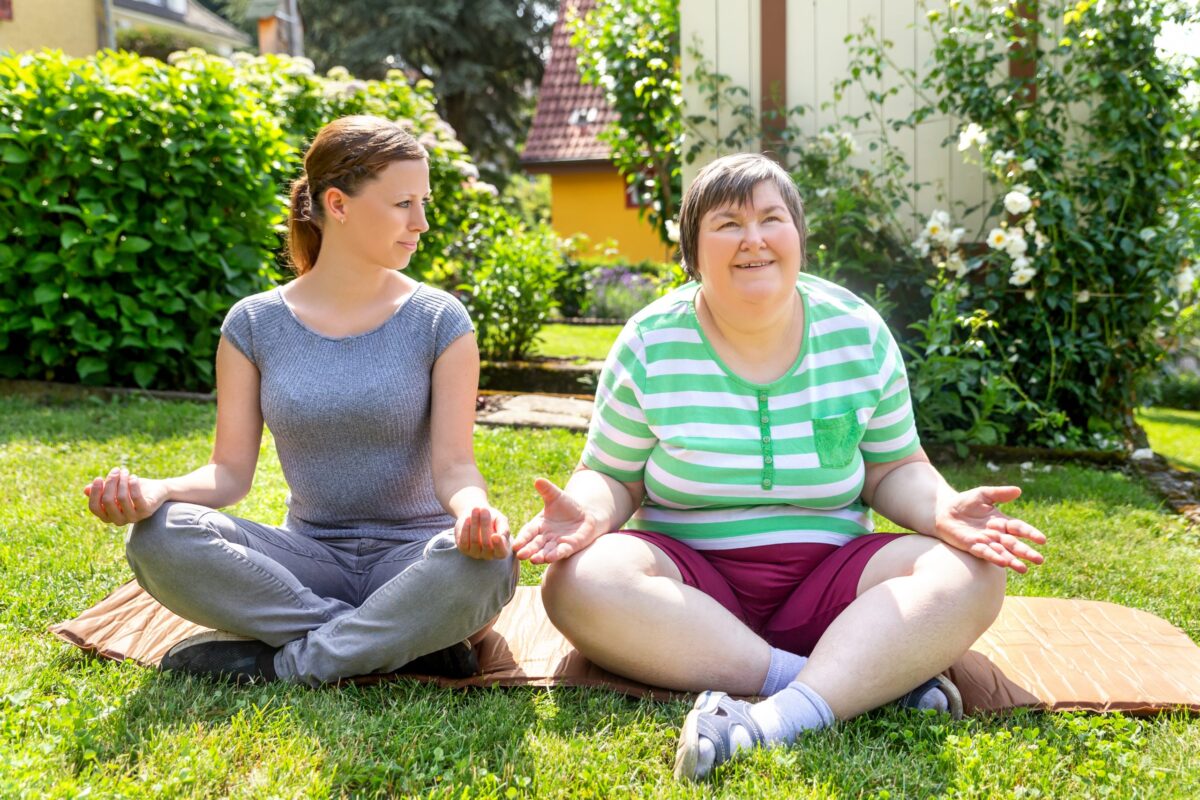SweetTree Discover Our Blog
,Not Every Disability is Visible

Living an independent, fulfilling life with a hidden disability.
A hidden disability is a physical, mental, or neurological condition that is not visible from the outside, yet can limit or challenge a person’s every day life. Unfortunately, the very fact that these symptoms are invisible can lead to misunderstandings, false perceptions, and judgments.
Misunderstanding based on unknowns has created a level of prejudice and injustice against people with disabilities which can’t necessarily be seen. The findings in the report will hopefully be a wake-up call for people to learn more about the wide range of conditions which affect so many people in the UK. The only way to combat unsympathetic attitudes is to raise awareness, and it’s important to make visible the issue of invisible disabilities.
A report carried out by leading disability charity, The Papworth Trust, says more than 20 per cent of disabled people have experienced harassment in public because of their impairment. There are increasing reports in the press of disabled people being attacked by those who don’t perceive them to be disabled, or “disabled enough.”
In general, the term disability is often used to describe a person. This challenge could be a well-managed bump in life or a mountain that creates severe changes and loss. Either way, this term should not be used to describe a person. Every person has a purpose, uniqueness, and value, no matter what hurdles they may face. When we define invisible disability, it helps us understand the subtle differences and challenges each person experiences in their daily lives.
Also, just because a person has a disability, does not mean they are disabled. Many living with these challenges are still fully active in their work, families, sports or hobbies. Some with disabilities can work full or part-time, but struggle to get through their day, with little or no energy for other things. Others are unable to maintain gainful or substantial employment due to their disability, have trouble with daily living activities and need assistance with their care.
To give a real-life example of how hidden disabilities can present and managed, we spoke to a client within the Brain Injury & Neurological Conditions Service about their experience.
Peter (not his real name) is a 34-year-old man living in London, who suffered a brain injury several years ago, following a car accident. He is fully mobile both indoors and outdoors and with support can engage with activities of daily living. The main difficulties are in relation to cognition, as he has reduced memory and struggles with time management without external support. He does have insight into the consequences of the brain injury and will often use humour to mask these difficulties.
Peter can sometimes present with socially inappropriate behaviour and be disinhibited, but less so as the rehabilitation process continues. This behaviour can be exacerbated by crowded/noisy areas, small children and public transport. He also presents with visual disturbances and therefore requires support when outdoors in maintaining his safety.
Far from being alone, Psychology publication, Psych Reg, suggest that up to 70% of all disabilities in the UK are ‘hidden’ and not immediately obvious to others.
What SweetTree has done to help:
Peter is currently participating in an independent living trial. Our support team are in place to assist with creating and supporting their independence by providing prompts and supervision to ensure that the activities of daily living are being completed as safely as possible. We are also supporting with community access to try reduce his social vulnerability. The aim is to equip this client with the tools to live a full, happy and safe life and for support to reduce in time so that their independence is increased.
As Peter’s has a hidden disability, members of the public out in the community would not know that Peter has had a brain injury or cognitive impairments, which can make it difficult for others to understand his occasionally inappropriate and disinhibited behaviours. Additionally, Peter may not always understand how his behaviour can impact both his own safety and the safety of the support team if the risk is more subtle or has long term implications.
Our support workers are carefully matched to Peter, taking into consideration his interests and personality, not just his physical care needs. This allows Peter to live his most fulfilling and independent life, which would not be possible that may not be as possible without their input.
Typically, the society we live in understands physical disability and can comprehend how it can impact an individual’s life. Hidden disabilities, in their very nature, are much more difficult and require greater learning and understanding as they come in so many variations and are not visible to the eye. It is important to remember, just because you cannot see someone’s disability doesn’t make it any less real.
